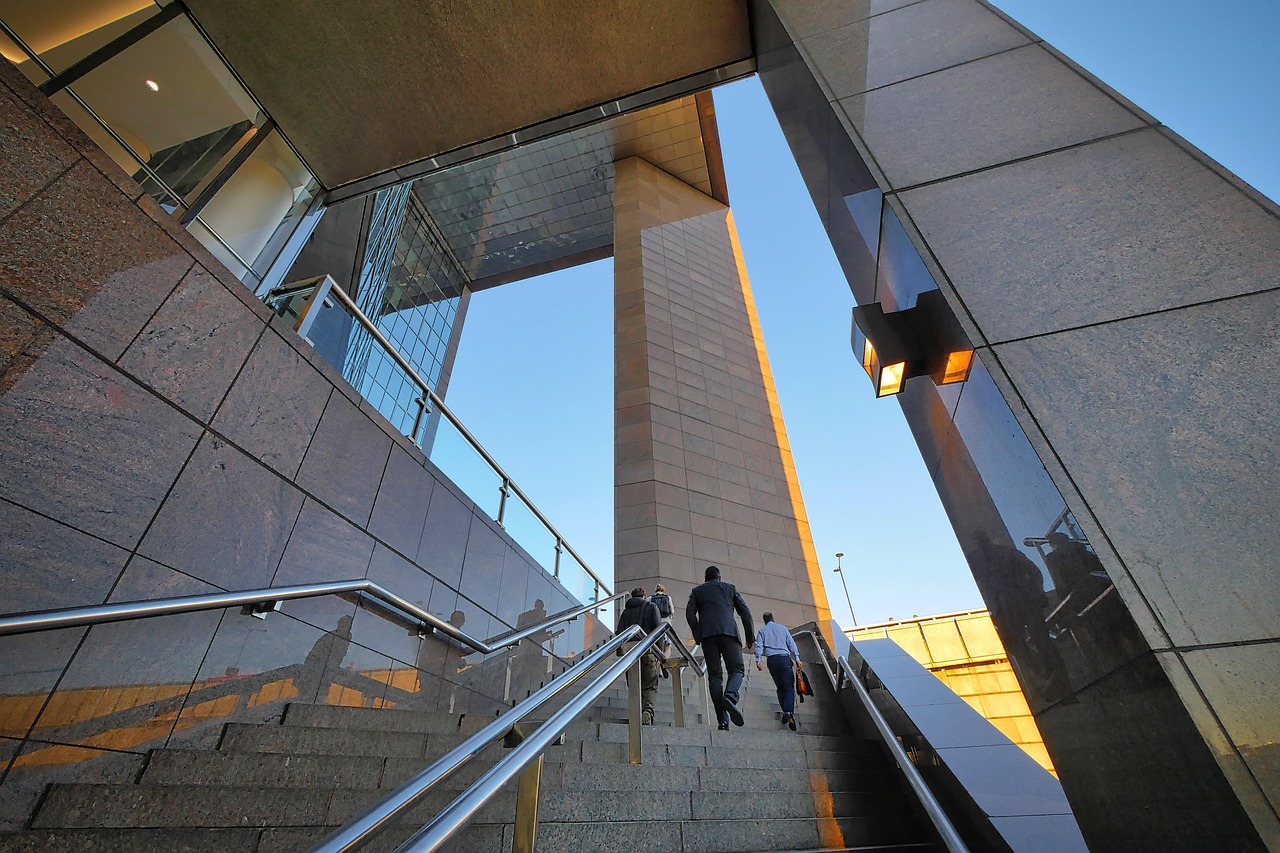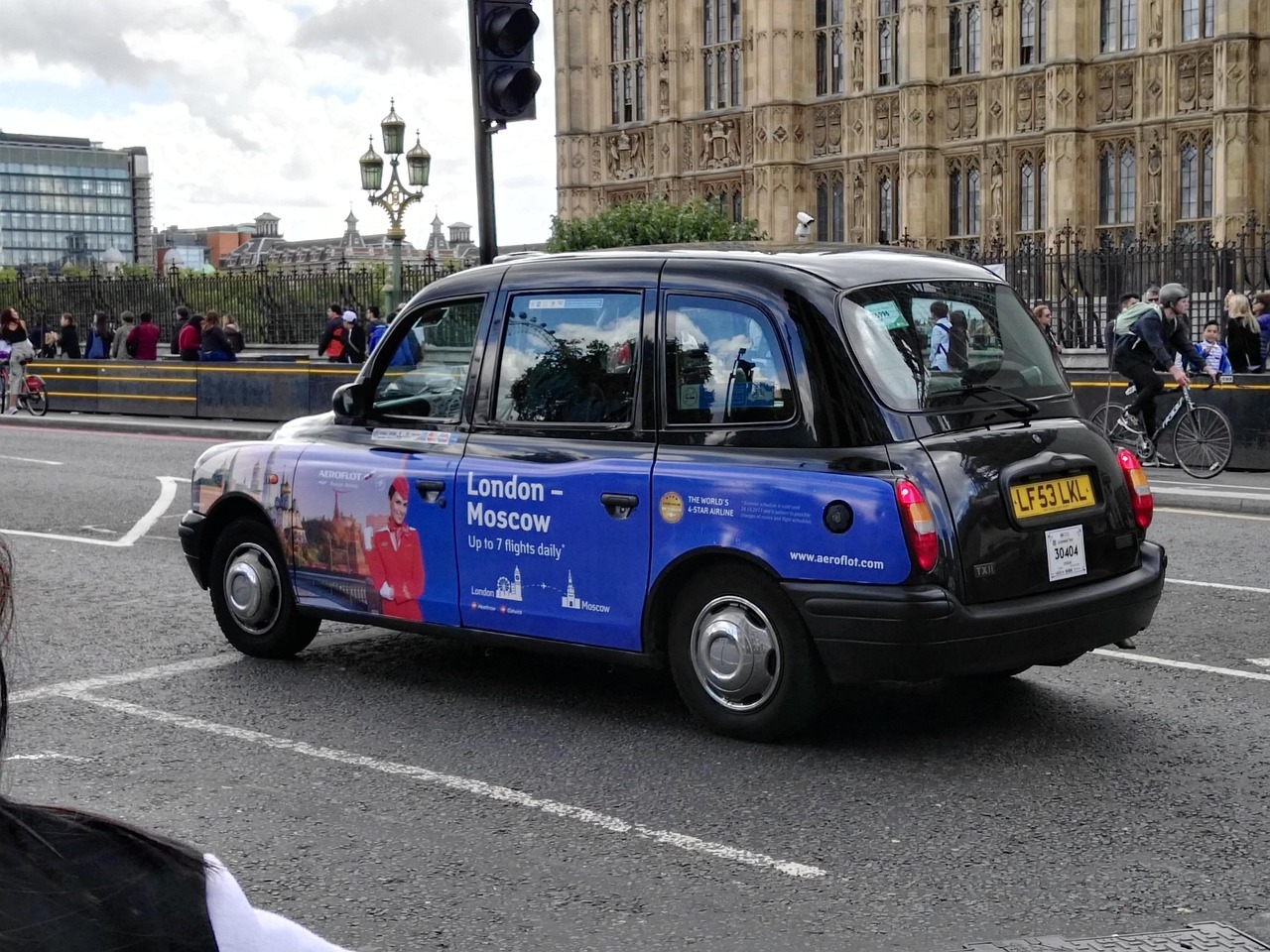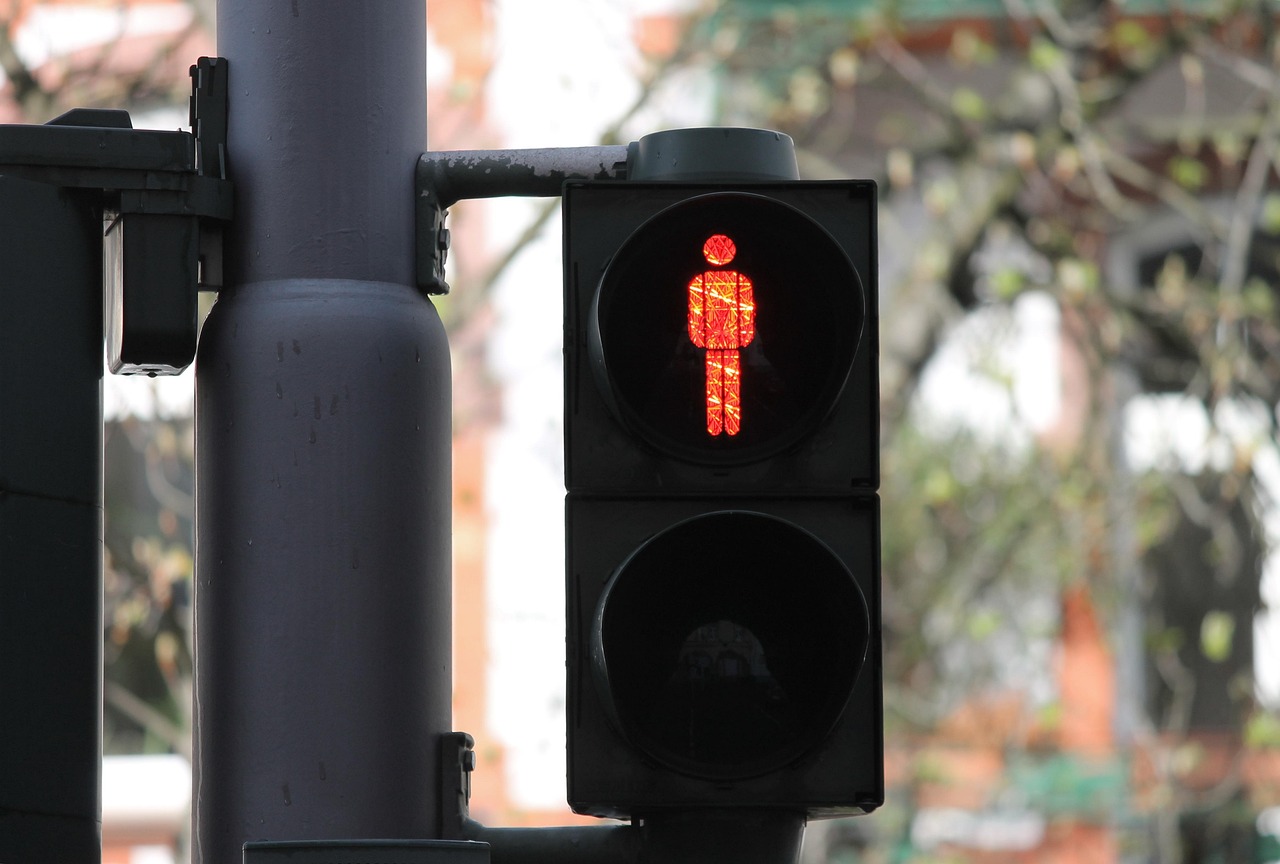
Bank Junction Reopening Overview
The City of London is set to reopen Bank junction to black cabs as part of an 18-month trial beginning on July
28. This decision follows a series of restrictions implemented in 2017 aimed at improving safety after a tragic incident involving a cyclist. The trial aims to assess the impact of allowing black cabs access while maintaining pedestrian safety and comfort in the area.
Background on Safety Concerns
Bank junction has a history of safety issues, with significant incidents leading to injuries and fatalities. In 2015, the death of cyclist Ying Tao prompted widespread public outcry and calls for action. Over 13, 000 signatures were collected on a petition advocating for the restriction of large vehicles during peak hours. Since the restrictions were introduced, the area has become markedly safer, with a reduction in reported incidents.
Trial Details and Limitations
Under the new trial, black cabs will be permitted to travel through Bank junction but will not be allowed to turn at the junction itself. This is designed to minimize the potential risks associated with reintroducing motor traffic. The trial also coincides with ongoing construction work on Leadenhall Street, which is expected to conclude by October, at which point taxis will be able to travel in both directions.
Monitoring and Evaluation of Impacts
The City of London council has stated that the trial will be closely monitored to evaluate its effects on the junction’s safety and congestion levels. Council members have expressed confidence in the safety record of black cabs, noting that a significant proportion of these vehicles are now zero-emission. They believe that this trial will improve access for individuals who may struggle with public transport options.

Reactions from Stakeholders
The decision has garnered mixed reactions. Supporters, including members of the Licensed Taxi Drivers’ Association, see it as a step towards enhancing accessibility in the City of London. Conversely, organizations like the London Cycling Campaign have raised concerns about the potential for increased congestion and the impact on pedestrian safety. They emphasize the need for careful monitoring to ensure that the benefits do not come at the expense of the area’s attractiveness for walkers and cyclists.

Conclusion and Future Considerations
As the trial progresses, it will be essential to gather data on its impact on traffic patterns, pedestrian safety, and overall accessibility. At the end of the 18-month period, a decision will be made regarding the permanence of these changes. The outcome will likely influence future transportation policies in the City of London, balancing the needs of various stakeholders while prioritizing safety.
